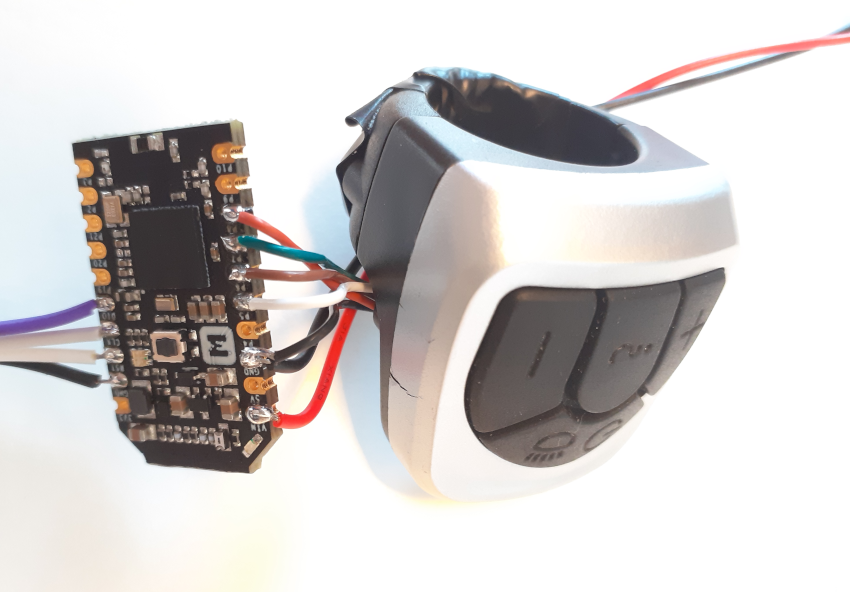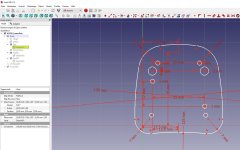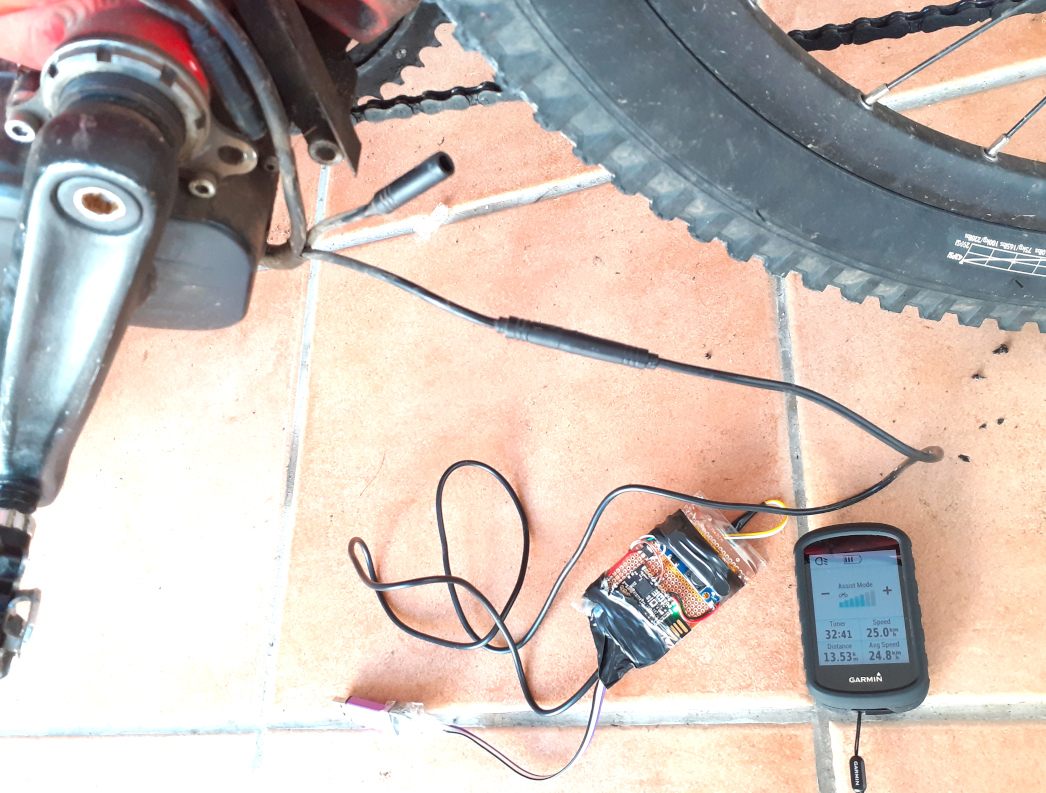rananna said:
Well, the way I see it there are 3 possible options:
1. Leave the coding with wild card pairing, and let the remote find the nearest LEV device. For people with one Ebike this would work fine unless they startup near someone else who has an ANT LEV enabled ebike. Not an ideal situation, so I would not recommend this option.
2. Implement bluetooth ant device configuration for the remote. This seems to be overkill to me as there is only one thing to configure.
3. Prepare seversl remote firmware files in the repository for people to use. Ie: remote52.hex,remote53.hex,remote54.hex, ...etc.(51-54 is the ANT Device numbers)
We could easily create as many device numbers we think we need. You have 4 ebikes, so how about supporting 10 matching firmware files? We would be unlikely to update the remote very often once it is working.
Of course, you would set the matching ANT Device number to be user configurable with the android bluetooth app for the motor to match the remote firmware.
I would recommend option 3.
Not considering pairing, user need to configure each device ID, right? because I can´t have 4 remotes with the same ID nor 4 motors with the same ID -- right? if so, we need a way to easily configure for every device.
Then, in the case of the remotes, user need the extra configuration ID for pairing.
So, that would be to complex for user to understand on name of the files, to much files!!
So, I think we should implement Bluetooth specifically for configuration of this IDs and we will not need to develop an app, user can just use the NRFConnect app from Nordic to read or change the IDs, like this:
On the case of the remote, it MUST use very low power as possible. Bluetooth should not be enabled by default but maybe all buttons pressed at startup should enable Bluetooth for like 2 minutes window time.
Do you think this are good ideas?
If we agree, I would like to ask you for a pull request of your implementation - and for now keep the wild card. Next we could add the Bluetooth.













